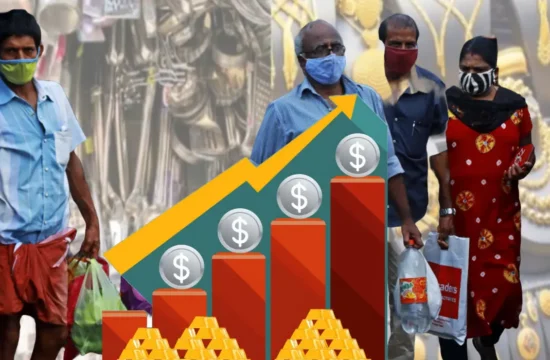By November 27, 2024, Cyclone Fengal is set to hit the Tamil Nadu coast, bringing with it heavy rainfall and strong winds. But did you know that the name “Fengal” wasn’t the first or only option for this storm? In fact, it’s part of a fascinating and collaborative process that spans multiple countries and cultures. Let’s dive into the story of how this cyclone got its name, and why “Fengal” was chosen over other options. The name of the current cyclone, “Fengal,” is more than just an identifier. It tells a story of unity, respect, and the power of diverse cultures coming together in a shared purpose. Derived from Arabic, “Fengal” reflects the linguistic and cultural richness of the North Indian Ocean region, where multiple nations contribute to the naming process.
A Name with Roots in Arabic
The name “Fengal” has its origins in Arabic, offering a glimpse into the influence of the Arabic language and culture in the region. It’s a reminder of how diverse languages coexist and shape a shared cultural identity. For the people in the region, it’s not just a name – it’s a symbol of how different traditions can blend together, creating something that speaks to everyone, no matter where they are from.
The Rejected Names: What Could Have Been?
While “Fengal” was ultimately chosen to represent the current cyclone, it wasn’t the only name under consideration. Several other options were proposed before the final decision was made, but each one faced challenges that led to its rejection.
Zarqa: A strong contender, this name was initially considered, but it was ultimately rejected due to its similarity to other cyclone names used in the past. This overlap could have led to confusion in future storm communications, making it unsuitable for clear identification.
Rameen: Though a popular suggestion, “Rameen” was deemed difficult to pronounce for speakers of certain languages in the region. Since ease of communication is critical during a cyclone emergency, this name was set aside for being less practical for widespread use.
Dahlia: A beautiful name, “Dahlia” faced a different challenge. It was associated with a political figure in one of the member countries, making it potentially politically sensitive. The goal in naming cyclones is to avoid names that could spark controversy, and this connection led to its rejection.
Ultimately, “Fengal” emerged as the winner, meeting the necessary criteria of neutrality, simplicity, and cultural relevance, while ensuring clarity and effectiveness in emergency communications.
The Collaborative Process Behind the Name
What makes the name “Fengal” even more special is the process by which it was chosen. The World Meteorological Organization (WMO) and the United Nations Economic and Social Commission for Asia and the Pacific (UNESCAP) manage the naming of cyclones in the North Indian Ocean. These organizations bring together 13 countries, including Saudi Arabia, India, and Sri Lanka, to contribute names for storms in the region.
Each country submits a list of names that reflect its own unique cultural heritage. Then, when a cyclone forms, a name is selected from the list in a sequential order. It’s a collaborative effort that ensures a rich cultural mix in the names of these storms. “Fengal,” the current name, was proposed by Saudi Arabia, and it carries a piece of the country’s identity with it.
Why “Fengal” Matters: Cultural Sensitivity and Practicality
The selection of cyclone names is not just about tradition. There are clear guidelines that shape the naming process. These rules are in place to make sure the names are respectful, simple, and easy to communicate, especially during emergencies.
- Neutrality: The names must be politically neutral, ensuring that no one is offended by a reference to a political figure, religious belief, or cultural sensitivity.
- Simplicity: The name should be short, memorable, and easy to pronounce – ideally no longer than eight letters. This ensures it can be quickly communicated in the midst of a crisis.
- Uniqueness: Each name is one of a kind. Once it’s used, it’s not repeated, making sure future storms don’t get confusing names.
- Cultural Relevance: The name should resonate with the people in the region, making it easy to remember during storm events.
“Fengal” is a perfect example of this thoughtful balance. It’s short, distinct, and culturally neutral, making it easy for people from different backgrounds to understand and remember.
Looking Ahead: More Names to Come
The collaborative naming process doesn’t end with “Fengal.” Next in line is “Shakhti,” a name proposed by Sri Lanka, followed by “Montha,” which comes from Thailand. These names, too, reflect the diverse cultures and identities of the region. They are a testament to the strength that comes from unity and respect for different traditions.
Why It Matters
Cyclones are powerful and sometimes destructive forces of nature, but the way they are named shows us that even in the face of such forces, we can come together. The name “Fengal” and the process behind it remind us of our shared humanity, where people from different walks of life can collaborate, celebrate each other’s cultures, and work together to make the world a better, more understanding place.
Do follow Thedigisamachar.com for more such information and news.










